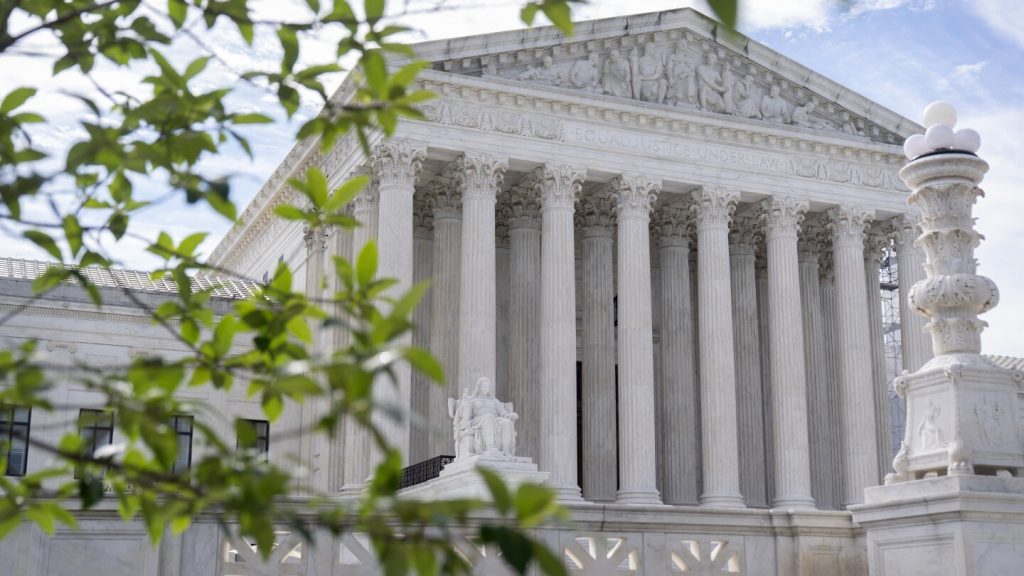In a recent decision, the Supreme Court overturned a ruling that allowed 18-year-olds to openly carry guns during emergencies in Pennsylvania. The ban on people aged 18 to 20 carrying guns in public during a declared state of emergency will remain in place, as the high court did not issue any dissents in their brief order. This decision comes in the midst of significant changes to firearm laws following a pivotal Supreme Court decision in 2022 that expanded gun rights. Since then, various gun laws, including age restrictions, have been struck down by judges in states like Minnesota, Virginia, and Texas. The challengers in the Pennsylvania case argued that younger individuals were not prohibited from carrying guns at the time of the nation’s founding, and therefore should not be restricted today.
However, the Supreme Court recently upheld a law aimed at protecting victims of domestic violence in a separate decision. In light of this new opinion, the high court has directed the 3rd U.S. Circuit Court of Appeals to reconsider the Pennsylvania case. Pennsylvania officials defended the age restriction on carrying guns by pointing to a long-standing tradition dating back to the 1850s of limiting gun possession to individuals aged 21 and older. This decision highlights the ongoing debate and legal challenges surrounding gun rights and restrictions in the United States, particularly in the context of emergency situations.
The Supreme Court’s involvement in this case underscores the complexity of navigating firearm laws and regulations, especially in times of crisis. The court’s decision to uphold the ban on 18 to 20-year-olds carrying guns during emergencies reflects a commitment to balancing individual rights with public safety concerns. As the legal landscape around gun rights continues to evolve, it remains crucial for lawmakers, advocates, and the public to engage in meaningful dialogue and debate on how best to address these issues. The interaction between federal, state, and local regulations adds another layer of complexity to the ongoing conversation about gun control and Second Amendment rights.
The Pennsylvania case serves as a microcosm of the broader national debate on gun control and restrictions. By examining the historical context of gun laws and the evolving interpretations of the Second Amendment, the courts are tasked with navigating complex legal terrain. The issue of age restrictions on gun possession, especially during emergencies, raises important questions about public safety, individual rights, and the responsibilities of government. The Supreme Court’s decision to reconsider the Pennsylvania case in light of its recent ruling on domestic violence protections underscores the interconnected nature of legal precedent and the ongoing need for judicial review and interpretation.
In conclusion, the Supreme Court’s decision to overturn the ruling allowing 18-year-olds to openly carry guns during emergencies in Pennsylvania has significant implications for gun rights and restrictions in the United States. The court’s actions reflect the ongoing challenges and debates surrounding firearm laws and regulations, particularly in the context of emergency situations. As the legal landscape continues to evolve, it is essential for stakeholders to engage in thoughtful discussions and advocacy to ensure a balance between individual rights and public safety. The Pennsylvania case highlights the complexities of navigating gun control issues and underscores the importance of legal interpretation and precedent in shaping future decisions on firearms regulations.


